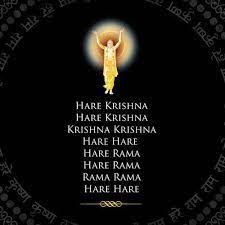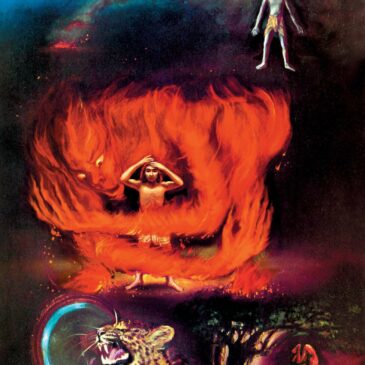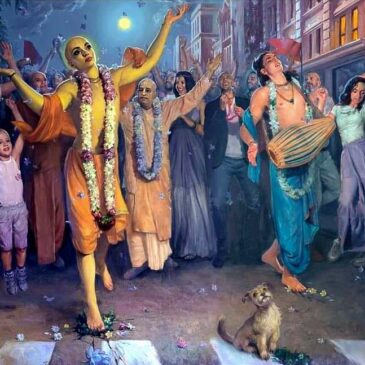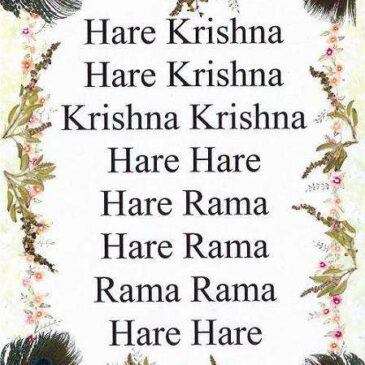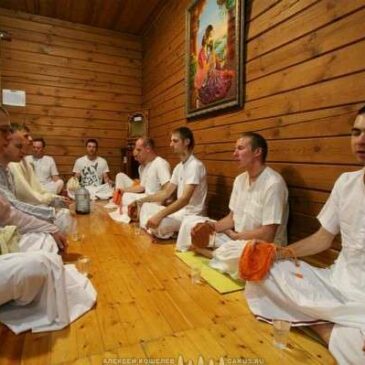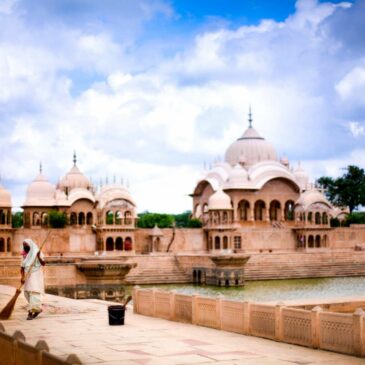The Holy Name is the Life of Transcendental Knowledge
The chanting of the holy name spreads the moonlight that makes the transcendental lotus of good wishes blossom. In the Prabhasa Khanda it is written: madhura-madhuram etan mangalam mangalanam sakala-nigama-valli-sat-phalam cit-svarupam sakrdapi parigitam sraddhaya helaya va … Read More


